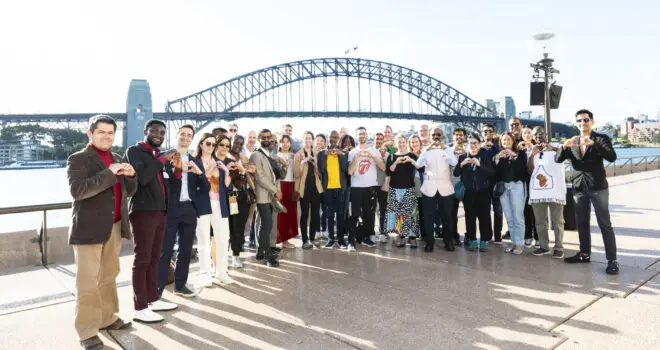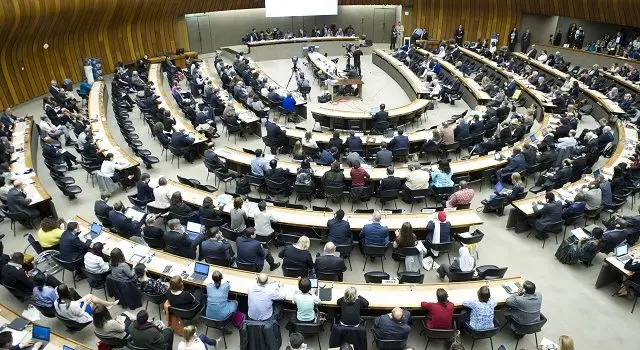Think of the United Nations and what image springs to mind? Blue-helmeted peacekeepers, trying to control conflict situations? Multilingual technocrats in suits, out to ‘save the world’? A hot topic for today’s finger-pointing politicians?
Popular perceptions of the United Nations can vary hugely, and often eclipse the UN’s basic function as an international organization made up of 193 nations (known as ‘Member States’). It is through the United Nations that governments and experts can convene to take action on the major issues confronting humanity in the 21st century, such as peace and security, climate change and – crucially for the World Heart Federation – global health.
This is why the World Heart Federation advocated so loudly for NCDs to be addressed as a special issue at the United Nations, and why we were so pleased to participate in the first United Nations High-Level Meeting on NCDs back in 2011. (The 2011 meeting was truly historic, being only the second UN High-Level Meeting to focused on a health topic, the first having focused on HIV/AIDS).
Since the 2011 High-Level Meeting on NCDs, we have seen a second High-Level Meeting in 2014. Both events, which occurred at UNHQ in New York City, attracted some of the international world’s most influential figures, from Heads of State, to Prime Ministers, Ministers of Health, UN officials and leading NCD experts from civil society.
Discussions and agreements borne out in those High-Level meetings have either produced or strongly influenced many of the NCD policies and plans that we are familiar with today: the 2011 Political Declaration on NCDs ; the WHO Global Action Plan 2013-2020 ; the 2014 Global Monitoring Framework. Indeed, it is arguable that the High-Level process at the United Nations significantly shaped our central CVD goal of ‘25 by 25’.
With this in mind, we at the World Heart Federation look ahead to the next UN High-Level Meeting on NCDs – scheduled for 2018 – with nervous anticipation. Anticipation because we know first-hand how influential these meetings can be in setting and reinvigorating the NCD agenda; nervousness because we know that most countries are failing in their NCD response and need our support more than ever.
In short, the HLM 2018 presents an important opportunity for the CVD community. Through energetic and sustained advocacy, we have the power to ensure that governments and United Nations officials refocus their attention on heart-health, and deliver on their existing commitments (including ‘25 by 25’).
This is why the World Heart Federation Advocacy Team has produced a new resource to help its members prepare for the HLM 2018 – CVD Advocacy Toolkit: The Road to 2018. In consultation with experts from our membership and the wider global health community, we have pooled all our knowledge about the preparation process for the HLM 2018, what we can expect from the meeting, and how we should move the CVD agenda forward.
The Toolkit contains an introduction to the HLM 2018; a comprehensive overview of existing CVD policy; practical advice on how to advocate for successful outcomes at the UN; current CVD advocacy opportunities and helpful tools, sites and resources. Armed with these tools, we hope that our World Heart Federation members will join our fight for a UN High-Level Meeting that will reflect the needs of the entire CVD community.


